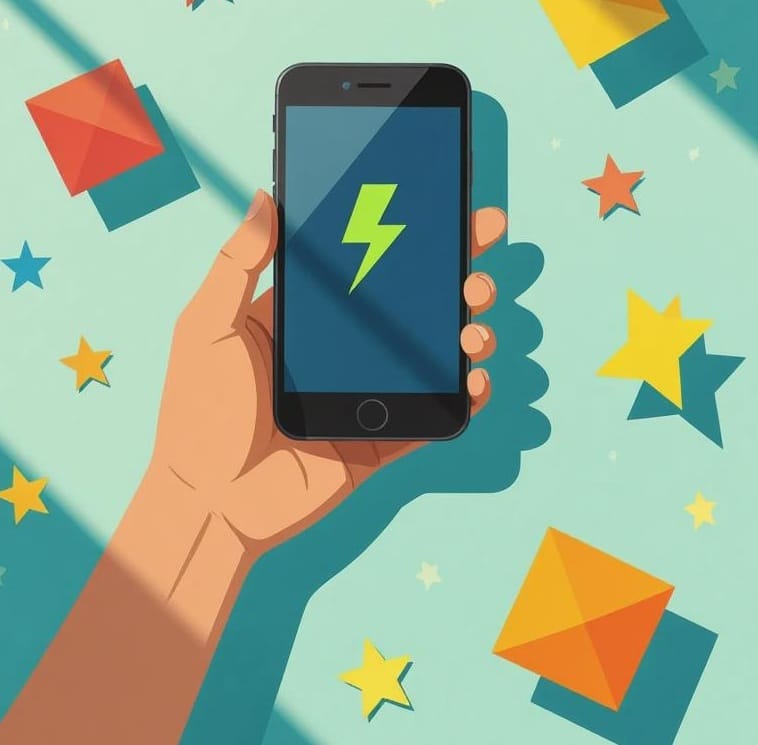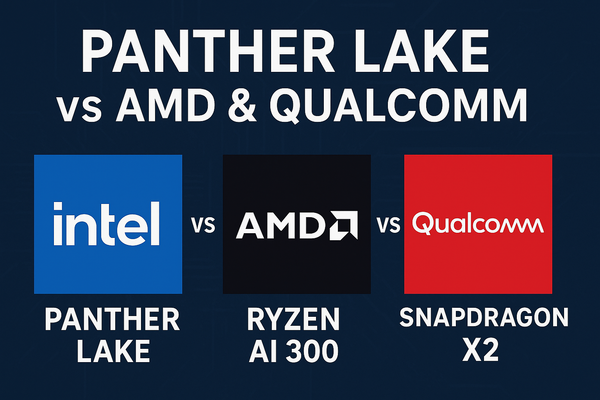Battle of the Batteries: iPhone 17 vs. Pixel 10 vs. Xiaomi 17 vs. Samsung S25

In the ever-evolving smartphone landscape, one feature consistently remains a top priority for users: battery life. Nobody wants to be tethered to a charger or constantly hunting for an outlet. With the hypothetical (but highly anticipated!) releases of the iPhone 17, Pixel 10, Xiaomi 17, and Samsung Galaxy S25, the competition for power longevity is fiercer than ever. Let's dive into how these potential titans stack up in the battery department.
The Contenders: Early Glimpses and Expectations
While these models are still in the realm of speculation (or just recently launched in the case of the Xiaomi 17), we can make some educated guesses and use current trends to predict their battery prowess.
- Xiaomi 17 Series: This is where things get truly interesting. Xiaomi has already set a high bar with the official launch of the Xiaomi 17 series in China. The base Xiaomi 17 boasts a substantial 7,000mAh battery, the Xiaomi 17 Pro comes with a 6,300mAh battery, and the Xiaomi 17 Pro Max takes the crown with a colossal 7,500mAh battery. This commitment to large battery capacities is a clear statement from Xiaomi.
- iPhone 17: Apple has historically prioritized optimization over raw battery size. While specific mAh figures are rarely a talking point for iPhones, we'd expect the iPhone 17 to continue this trend, offering excellent real-world battery life through efficient chipsets (likely the A18 Bionic or similar) and tight software integration. Improvements will likely be incremental, focusing on extending screen-on time without necessarily chasing the biggest numbers.
- Google Pixel 10: Google's Pixel line has seen gradual battery improvements with each generation. The Pixel 10, expected to feature the next iteration of Google's Tensor chip, will undoubtedly leverage AI and machine learning for smarter power management. While it might not reach Xiaomi's extreme capacities, we anticipate a solid, all-day experience, especially with adaptive battery features.
- Samsung Galaxy S25: Samsung typically offers a range of battery sizes across its flagship S-series. The Galaxy S25 is likely to follow suit, with the Ultra model sporting the largest capacity. Samsung has been consistent in providing reliable battery life, and we can expect further refinements in efficiency and charging speeds.
Capacity vs. Optimization: The Never-Ending Debate
It's crucial to remember that a larger mAh number doesn't always directly translate to superior real-world battery life. Software optimization, processor efficiency, screen technology, and even user habits play equally important roles.
Xiaomi's Approach: With its enormous battery capacities, Xiaomi is clearly aiming to provide raw power and endurance. This is fantastic for heavy users, gamers, or those who simply hate charging their phone often. Coupled with 100W wired fast charging (and 50W wireless for the Pro models), you're looking at quick top-ups even with such large cells.
Apple's & Google's Approach: Both Apple and Google traditionally lean heavily on software optimization. Their custom chipsets are designed from the ground up to be power-efficient, ensuring that every milliampere-hour is used effectively. This means a smaller battery can often last just as long, or even longer, than a physically larger one in a less optimized device.
Samsung's Balanced Act: Samsung often tries to strike a balance, offering reasonably large batteries while also investing in software optimizations and fast charging technologies.
The Charging Game
Beyond capacity, how quickly you can refill that battery is equally important.
- Xiaomi 17 Series: Leading the pack with 100W wired fast charging across all models, and 50W wireless charging for the Pro and Pro Max. This is incredibly fast, allowing for significant power gains in very short periods.
- iPhone 17: Apple's charging speeds, while improved over the years, typically lag behind Android flagships, especially those from Chinese manufacturers. We might see an increase beyond the current ~27W, but unlikely to match Xiaomi's 100W.
- Google Pixel 10: Pixels have seen modest improvements in charging speeds. We'd expect a continuation of around 30W wired charging, with respectable wireless charging capabilities.
- Samsung Galaxy S25: Samsung's wired charging speeds have hovered around 45W for its Ultra models, with slower speeds for the base models. We could see a bump here, but perhaps not a dramatic leap.
Who Wins the Battery Crown?
Based on the information available and current trends:
- Raw Capacity & Fast Charging: The Xiaomi 17 Series, especially the Pro Max with its 7,500mAh battery and 100W charging, is the undisputed champion. If you prioritize sheer power and rapid top-ups, Xiaomi is leading the way.
- Optimized Endurance: The iPhone 17 and Pixel 10 will likely deliver excellent all-day battery life through superior software and hardware integration, even if their battery capacities aren't as eye-popping.
- Balanced Performer: The Samsung Galaxy S25 will likely offer a strong, reliable battery experience across its lineup, with a good balance of capacity and charging speed.
The Bottom Line
Ultimately, the "best" battery phone depends on your individual needs. If you're a power user who demands the absolute longest screen-on time and lightning-fast recharges, Xiaomi's latest offerings appear incredibly compelling. For those who value seamless optimization and consistent performance without needing the largest numbers, Apple and Google will continue to deliver. Samsung, as always, will likely offer a well-rounded package for the masses.




